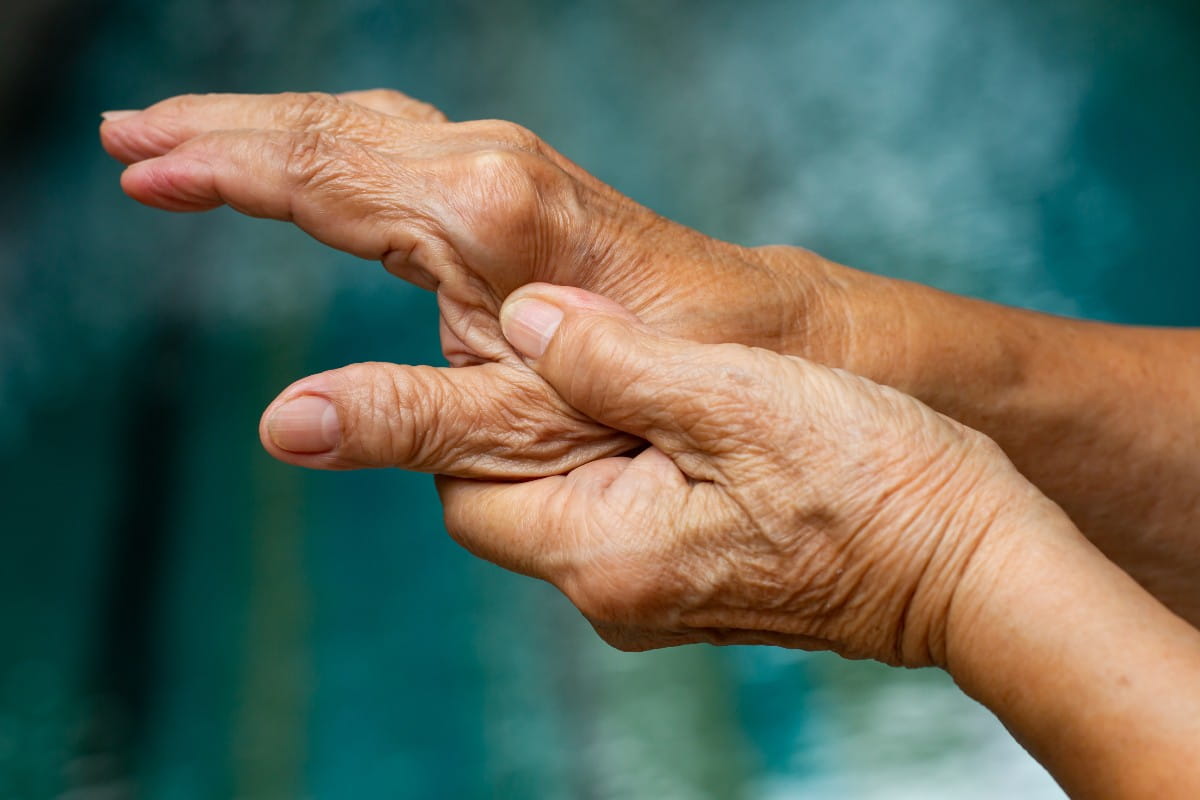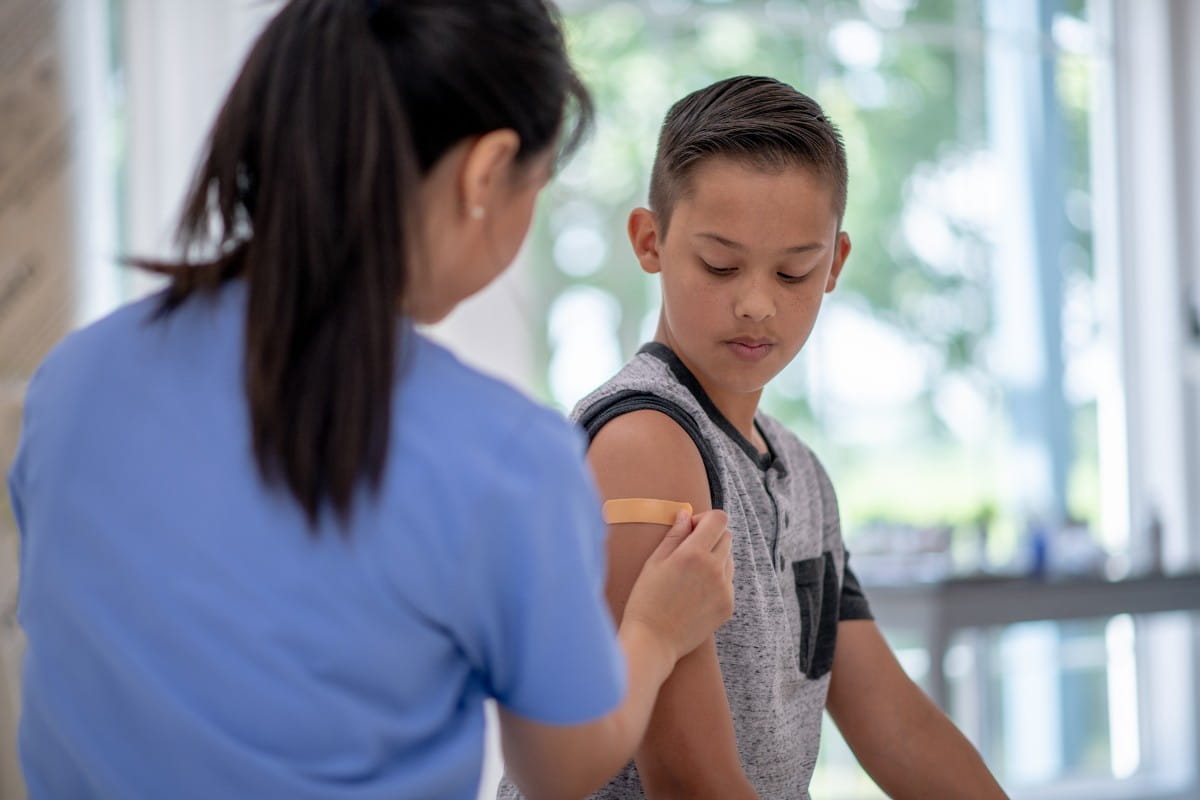You might already know that every October is breast cancer awareness month. But did you know that many OB-GYN specialists now recommend a different way for recognizing changes in your breasts? Being able to spot changes in your breasts is key for detecting breast cancer early.
The new recommendation is an idea called “breast self-awareness.” Several medical organizations, including the American Cancer Society (ACS) and the American College of Obstetricians and Gynecologists, no longer encourage monthly breast self-exams for women at average risk of breast cancer. Instead, they teach this new, more mindful method for self-detection.
“Breast self-awareness is essentially learning what’s normal for your breasts,” says Elizabeth Lunsford, M.D., OB/GYN with Riverside Health. “When you know what your breasts normally look like or how they normally feel, then you’re more alert to any changes that might need to be checked by your health care provider.”
Breast self-awareness versus breast self-exam
For decades, doctors asked women to regularly check their breasts for abnormal lumps or bumps and discharge. Until May 2003, the ACS recommended that all women age 20 and over do a monthly breast self-exam (BSE) and report any new changes to their doctor. Monthly BSEs then became optional until October 2015, when the ACS stopped recommending them altogether.
The two main reasons why BSEs are no longer the favored method for breast cancer self-detection are:
- Monthly BSEs have been linked to false-positive results that lead to unnecessary biopsies.
- Monthly BSEs are time-consuming, burdensome and require women to follow very precise instructions that aren’t always easy to understand.
Breast self-awareness aims to tackle the problems found with BSEs by teaching women how to know, or be attuned to, their breasts so they can recognize changes — without having to do scheduled, meticulous checks.
How to get in tune with your breast
Before you search the internet for “how to be breast self-aware,” Dr. Lunsford says you should make an appointment with your women’s health care provider to talk about breast self-awareness.
“Your obstetrician or primary care provider should really be your main source for how to correctly get in tune with your breasts and what changes to look out for and report,” she says.
Dr. Lunsford also says it’s important to see your doctor so they can review your personal and family medical history.
“Because, remember, breast self-awareness is recommended for women at average risk of breast cancer. So, if you have a family or personal history of breast cancer, we need to consider that and possibly tailor a different breast cancer detection and prevention plan for you,” explains Dr. Lunsford.
Understanding breast changes
Once you know what’s normal for your breasts, be aware of any changes that concern you, such as:
- A lump
- A dimple
- Thickened skin
- Nipple discharge
- A change in shape
If you notice changes like these, call your doctor right away.
Schedule an appointment with a Riverside women’s health provider now to talk about breast self-awareness and when to schedule your mammogram.



